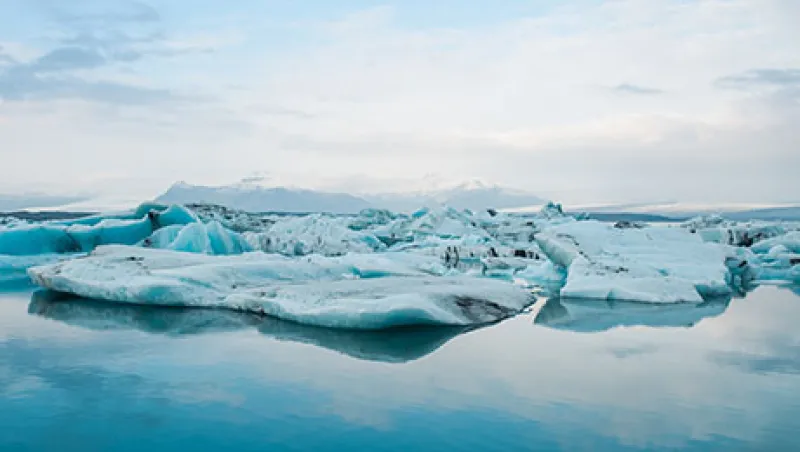Donald Trump looms large this week for world leaders gathering in Marrakech, Morocco. Delegates to the 22nd Conference of the Parties to the United Nations Framework Convention on Climate Change, better known as COP22, can’t ignore the U.S. president-elect’s promise to do whatever it takes to pull his country out of the Paris Agreement.
Reached in Paris last year at COP21, the deal, ratified by 110 of the 197 national and other parties to the U.N. convention, including the U.S., is a nonbinding plan to cut green house gas, including carbon, emissions by 2025. Trump’s election victory has thrown a wrench into COP22, even if many in Marrakech — and around the world — insist that efforts to beat back the ravages of climate change are beyond the tipping point.
An American withdrawal from the U.N. process would be a blow to the fight against global warming. At home, Trump — who has suggested that climate change is a hoax perpetuated by the Chinese — is expected to gut the Environmental Protection Agency; support the fossil fuel industry, in part by honoring campaign promises to support domestic coal production; and roll back or block legislation aimed at identifying and mitigating portfolio and business risks associated with climate change. Yet the findings of a wide-ranging report released on Monday at COP22 show just how big a priority — and potential opportunity — institutional investors believe adapting to the effects of a changing climate could be.
“Bridging the Adaptation Gap: Approaches to Measurement of Physical Climate Risk and Examples of Investment in Climate Adaptation and Resilience” is a 65-page white paper produced by the Global Adaptation & Resilience Investment Working Group, or GARI. The private investor-led group was launched at COP21 in conjunction with U.N. secretary general Ban Ki-moon’s A2R (Anticipate, Absorb, Reshape) climate resilience effort. Chaired by Jay Koh, a partner with $10 billion multistrategy private equity firm Siguler Guff & Co., GARI focuses on the intersection of investment and climate adaptation or climate resilience efforts.
This year GARI convened some 150 investors and other stakeholders from pension funds, foundations, endowments, banks, insurers, investment managers, and other institutions in a series of meetings and follow-up talks. The group also conducted a survey that received more than 100 responses from GARI working group members and other key decision makers. In that poll, 78 percent of respondents rated analyzing the risks of climate change’s physical effects as “very important” — even more crucial than the risks of transition to a low-carbon environment or climate regulation.
Unlike climate change mitigation, including attempts to prevent global warming by shifting to clean or low-carbon energy and encouraging energy efficiency, adaptation confronts the need to prepare for and adjust to the effects of a changing global environment. Among those effects: new weather patterns, rising sea levels, and warmer waters, with fallout ranging from the bleaching of Australia’s Great Barrier Reef to changing shipping routes, impacts on farming, increasing storm damage in coastal regions, and water shortages. Adaptation calls for developing better risk analytics; it also means getting farmland and waterways, as well as cities, countries, and businesses and other organizations, ready to meet these risks.
Global climate adaptation will cost between $70 billion and $100 billion a year by 2050, the World Bank Group estimates. But the GARI paper finds that so far, the private sector has paid little heed to adaptation. This neglect largely stems from a lack of knowledge as well as reliable data and metrics surrounding the consequences of climate risk.
Looking beyond costs, GARI members are among those who also point to an upside. “GARI demonstrates that private investors see both the risk to their portfolios from the physical impact of climate change and the opportunity to invest in addressing that risk today,” chair Koh said in a statement announcing the white paper. “Post-Paris, investors are calling for better ways to measure physical climate risk and for support in making resilient investments.”
The paper highlights five key areas of investment interest: infrastructure, companies whose products and solutions address specific aspects of climate risk, businesses that provide tools or technologies to map and assess climate risk, other adaptation and resilience investments, and fixed assets. Infrastructure and companies with climate risk solutions proved to be of most interest to GARI survey participants.
Whatever winds of change are blowing through politics in the U.S. and elsewhere, the effects of climate change won’t go away. Investors would be well served to take note.






